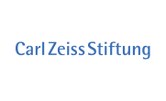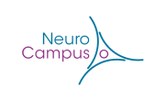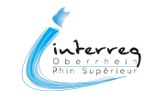Jan Hirtz, University of Kaiserslautern | Studying neuronal circuits using nonlinear optical excitation methods
| When |
Jun 25, 2019
from 05:15 PM to 06:00 PM |
|---|---|
| Where | Bernstein Center Freiburg, Hansastr. 9a, Lecture Hall |
| Add event to calendar |
|
Abstract
Optical methods have become important tools for recording and controlling neuronal activity. Specifically, femtosecond pulsed lasers can be used to deeply penetrate biological tissue, and enable optical sectioning due to nonlinear absorption processes. I will present data from studies employing this technique in combination with electrophysiology, numerical analysis and modelling approaches to study neuronal networks.
We developed a single-cell resolution mapping technique of cortical networks using two-photon optogenetics. Comparison of delays from triggered action potentials with those from synaptic inputs allowed the prediction of connected pyramidal neurons in three dimensions, which were confirmed with paired recordings. In another study, alternatives to optogenetics for neuronal photoactivation were explored. Activity was evoked in mouse cortical neurons in acute slices and in vivo by nonlinear excitation of gold nanoparticles. This approach can also be used to stimulate individual epitheliomuscular cells and evoke body contractions in Hydra vulgaris. The effect is explained by second-harmonic Mie scattering, demonstrating light absorption by a second-order nonlinear process, which enables photothermal stimulation of the cells. The spatial and temporal temperature dependence was modelled using a heat diffusion model for pulsed excitation sources. Lastly, I will provide an outlook on work performed in the mouse auditory cortex in vivo, using two-photon calcium imaging to study complex network activity patterns.









